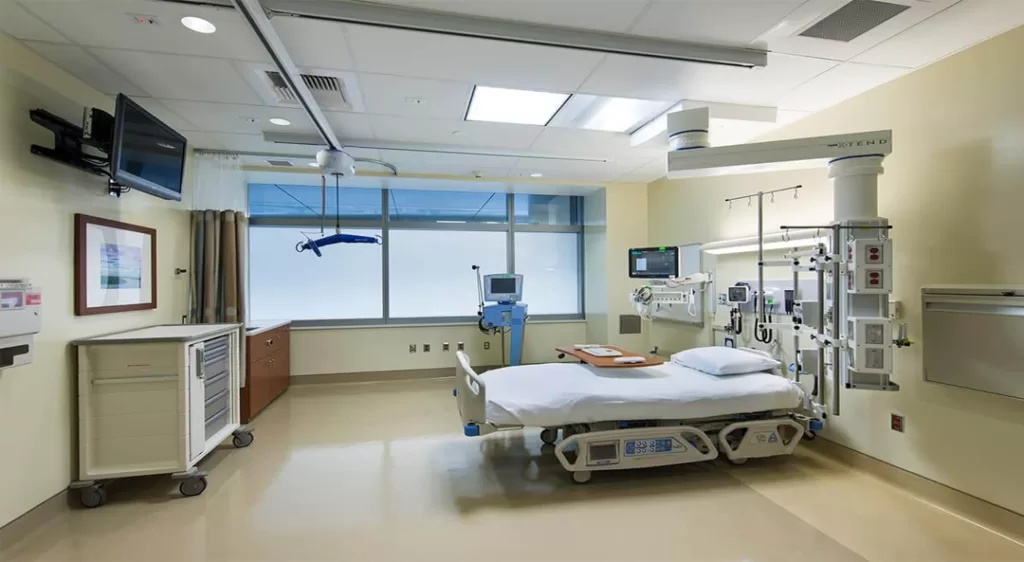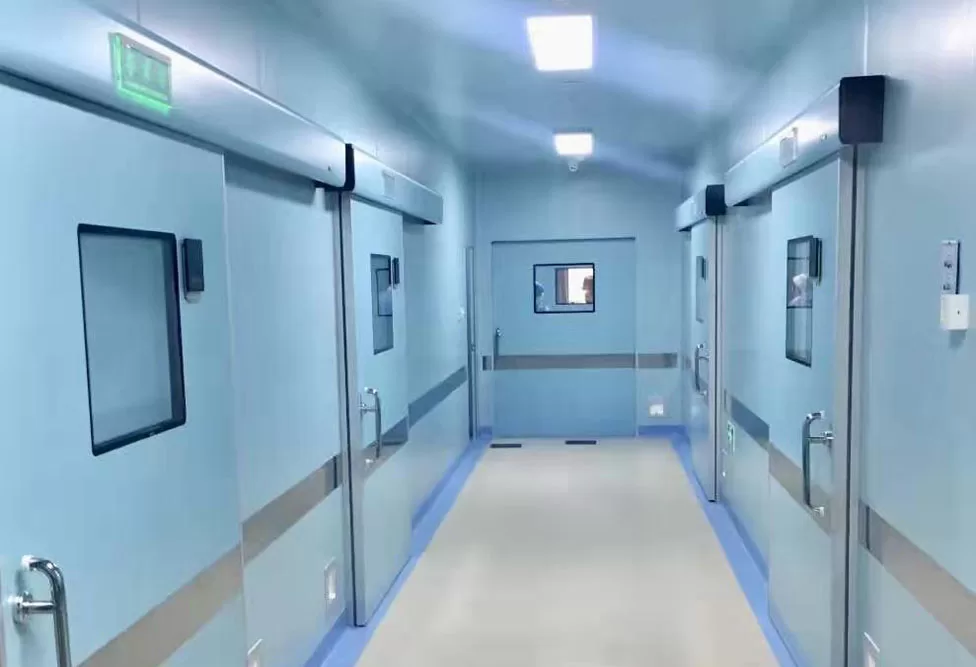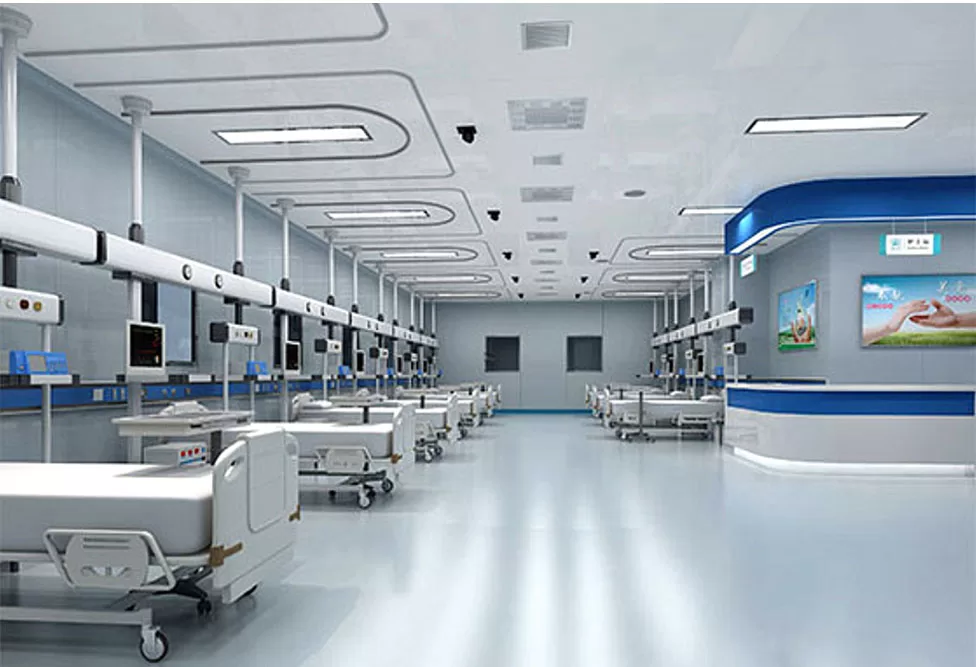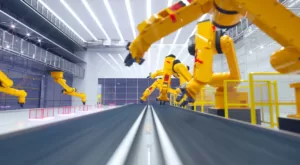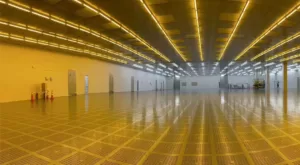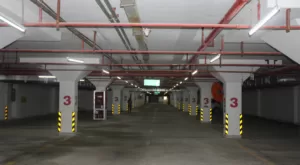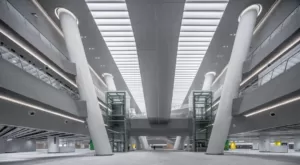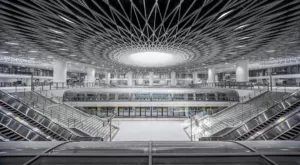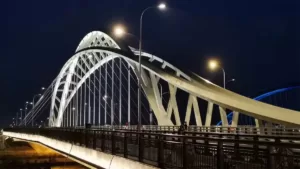Have you ever got awestruck by dazzling bridge lighting in celebration of a special holiday? Then you must’ve wondered what goes behind such magical lighting design. Well! It takes a mixture of art, technology, and time-tested strategies to make up superb lighting. Bridges are essential as they are often popular landmarks for tourists, not to mention the obvious purpose of safely connecting two areas. So, you can only imagine how important it is to design lighting for bridges. If you are part of the bridge lighting project and don’t know where to start, then you are at the right place. Here we have listed the most important things you must consider when lighting a bridge based on modern trends. Safety and Security Bridges are pivotal to transportation, so special consideration is needed when lighting them. Ensure the pedestrian path and driveway are correctly lit to avoid accidents. The US Department of Transportation recommends lighting the bridges in a way that doesn’t cause glare or eye strain upon approach. Without proper lighting, there is also a risk of accidentally falling off the bridge. Handrail lighting is perfect for this. Security is also a major concern when it comes to bridges. By installing high-intensity flood lights, you can deter most criminal activity, making the place much safer for the citizens. Keep in mind that lighting for utility and aesthetics are two different things. More on it later. Bridge Lighting Requirement Bridge lighting requirement depends on the type, purpose, and environment the bridge is present in. A bridge for pedestrians and cyclists has different lighting requirements than one with heavy traffic. Typically, lighting is measured in “lux,” which means lumens (light intensity) produced by a source to light up an area of one square meter. Experts recommend 1 to 5 lux of illumination for pedestrian paths. For bridges that host heavy traffic, it’s best to have 5 to 10 lux of illumination. Accidents and mishaps can be avoided with at least this lighting level. You also have room to be creative with colors and temperatures. Interestingly, red and green colors are avoided for the bridges above water because these act as a signal in ship navigation. Proper Placement Bridge lighting is tricky because the structure already holds tons of weight of people and vehicles moving across. To keep the structure’s integrity, you must use existing foundations and studs. Moreover, lighting maintenance costs become too expensive if the placement is not well thought off. There are no definite rules for bridge lighting placement. However, there are some important things a lighting designer must consider. Make use of existing columns and foundations. This ensures ease of maintenance in the future. The lighting beam angle should be between 60 to 120 degrees—This will prevent light spillage and unnecessary diffusion. Place Handrails at least 2 to 3 meters apart. The same goes for post-lights as well. Bridge Lighting Installation The bridge’s structure isn’t like that of a building, so it needs special consideration. Bridges withstand cyclic vibrations and stress all the time. Moreover, the outside wind, humidity, and heat also adversely affect the structure. All of these factors have a significant impact on life span as well. Make sure to install high-quality luminaire that can withstand such stresses and weather. But what is considered high quality when it comes to lighting? This brings us to the next section. Must Choose Durable Lights Protection ratings define the quality and durability of lighting fixtures. Lighting fixtures certified with specific standards and ratings should be used for bridge lighting. Quality Standard of Lighting Fixture Meaning IP60 and IP66 Rated Ability to withstand high water exposure, mist, and dust. E.g., rainfall and dust storms. 3-G Vibration Rated Ability to withstand heavy bridge vibrations and stress. IK08 and IK10 Rated A European standard equal to the international standard IEC 62262 shows protection against external mechanical impact. MIL-STD 810G Rated A military standard that certifies lights against shock, impact, and extreme temperatures. Quality Standard of Lighting Fixture Environment-Friendly Lights Since bridge lighting is open to the environment, you must consider its effects on nature. Studies show that artificial lighting on bridges above water significantly impacts the aquatic life beneath it. The same is true of birds and animals that live on the land and trees near the brightly lit bridges. All these have negative ecological effects which need to be considered before lighting design. It would help if you also used LED luminaires instead of traditional lights as they are highly energy efficient. They also require less repair and replacement, reducing the carbon footprint. Types of Bridge Lighting Fixtures Many fixtures are available to glow up any style of bridge, making it a spectacular tourist attraction. Lighting Technologies Before going further, let’s discuss the type of lamps available for bridge lighting. Previously halogen, metal halides, high-intensity discharge (HID), and high-pressure sodium (HPS) lights were common choices for bridges. However, light-emitting diodes (LED) are preferable for modern lighting. Halogens and HPS produce an amber-yellow color and are used in lighting streets. HID produces higher lumens, and the light is much whiter. However, it takes a minute to warm up once turned on. The light beam is also omnidirectional in older technologies with larger beam angles. HID and Halogens also consume high power, which leads to a massive waste of energy. These drawbacks increase over time, and your project may have higher operational costs. Modern LED lamps are improving every day and offer better bridge lighting solutions. Post Lights Post lights or lamp posts are lighting fixtures mounted on a pole and are commonly used for bridge lighting. The fixtures are available in many designs, such as Victorian-era lanterns or modern-day shoe box lighting. Handrail Lights Handrail lights are installed inside the guide rail meant for pedestrians and cyclists. Handrail lighting creates charming vibes and makes the pathway much safer. Since these lights direct downwards, the light doesn’t escape into the sky, making them more efficient. Floodlights and Spotlights Floodlights and spotlights are great for highlighting certain architectural features of the bridge. These lights
